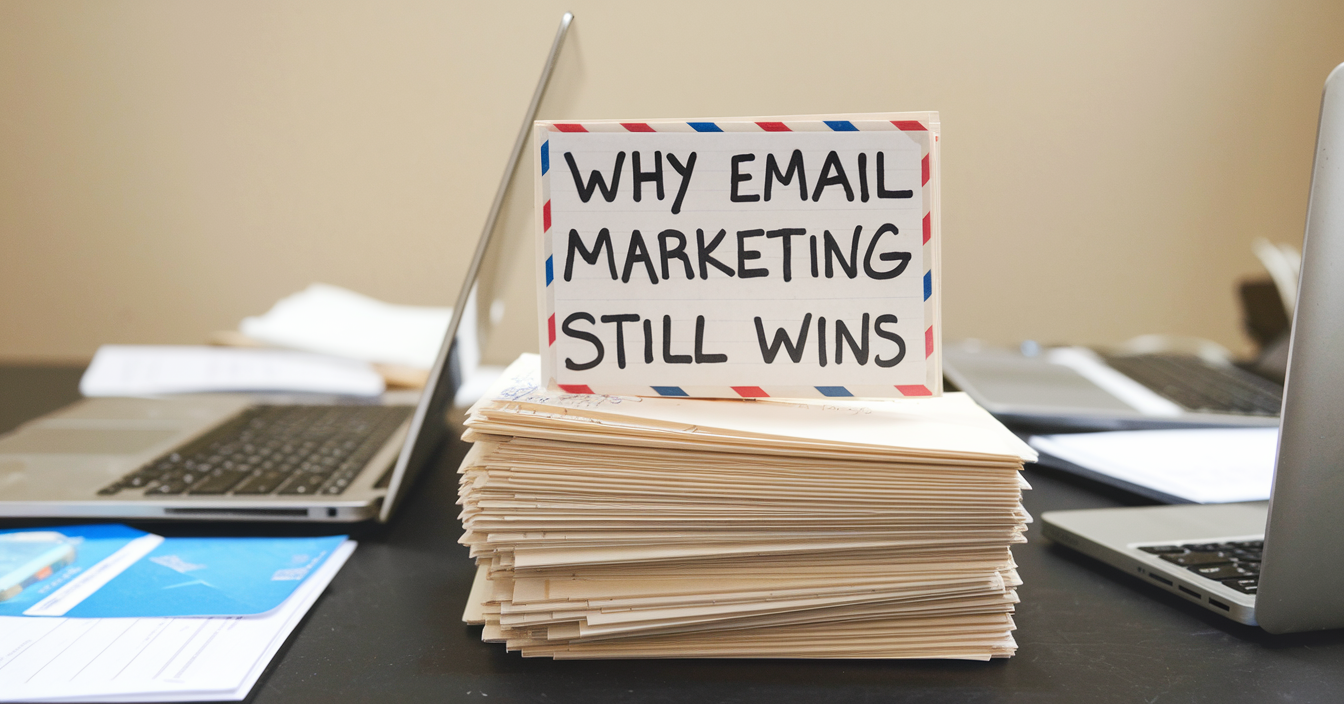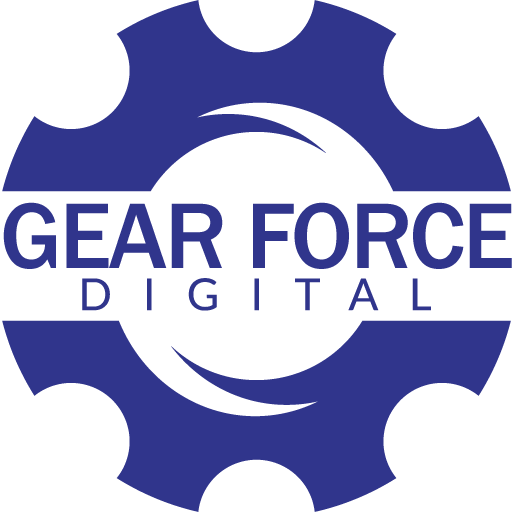The Enduring Power of Email Marketing
For decades, digital marketing trends have come and gone. Social media platforms have risen and fallen, algorithms have shifted overnight, and new advertising channels have emerged. Yet, through all these changes, email marketing has remained a cornerstone of effective digital communication. Many businesses make the mistake of assuming that email marketing is outdated, overshadowed by social media and influencer marketing. The truth is, email is still one of the most reliable and cost-effective ways to reach customers, nurture relationships, and drive conversions. Unlike social media posts that disappear within hours or paid ads that stop working when the budget runs out, a well-crafted email campaign has long-term value. It reaches your audience directly, bypassing algorithms and external platform dependencies. More importantly, email marketing allows for deep personalization, making customers feel seen and valued. If you are not making email a central part of your marketing strategy, you are leaving money on the table.
Why Email Marketing Has Survived Every Digital Shift
There is a reason why email marketing has stood the test of time. While newer marketing channels often rely on fleeting engagement, email provides a level of consistency and ownership that other platforms cannot. Here are some key reasons why email remains indispensable:
Direct Access to Your Audience
With social media, you are at the mercy of ever-changing algorithms. Your posts may only reach a fraction of your followers unless you pay to boost them. With email, you own your list. Every message you send lands directly in your subscriber’s inbox, without interference from third-party platforms.
High Return on Investment (ROI)
Email marketing consistently delivers one of the highest returns in digital marketing. Studies show that for every dollar spent on email marketing, businesses see an average return of $42. This is because email allows for precise targeting, reducing wasted ad spend and increasing conversions.
Personalization at Scale
No other marketing channel allows for the level of customization that email does. Through segmentation and automation, you can send highly relevant content based on a subscriber’s preferences, behavior, and past interactions. Whether it is a welcome series, abandoned cart reminders, or personalized product recommendations, email marketing can make every subscriber feel like they are receiving a message tailored just for them.
Long-Term Relationship Building
While social media engagement is often passive and fleeting, email fosters deeper relationships over time. A well-structured email sequence can nurture leads, educate your audience, and keep your brand top of mind. Unlike social media, where you are competing with endless distractions, email allows for a more focused and personal interaction.
Adaptability to Any Business Model
Email marketing works across industries and business types. Whether you are an eCommerce brand sending promotions, a SaaS company onboarding new users, or a personal brand nurturing an audience, email marketing is a flexible tool that can be adapted to fit your goals. 
How to Build an Email List That Converts
Many businesses struggle with email marketing because they either do not have a strong list or they do not know how to engage their subscribers effectively. Building a high-quality email list takes time, but when done correctly, it becomes one of your most valuable assets.
Create a Compelling Lead Magnet
People do not give away their email addresses easily. To build your list, you need to offer something valuable in exchange. A lead magnet is a free resource that attracts subscribers in exchange for their email. Some effective lead magnet ideas include:
- A free ebook or guide related to your industry
- A discount or special offer for first-time subscribers
- An exclusive webinar or training session
- A resource library with templates, checklists, or swipe files
- Early access to new products or limited-time deals
The key is to make your lead magnet highly relevant to your audience’s interests and pain points. The more valuable it is, the more likely people will be to subscribe.
Optimize Your Signup Forms
Your email opt-in forms should be simple, visually appealing, and strategically placed throughout your website. A few best practices for high-converting forms:
- Keep it short and only ask for essential information (usually just a name and email)
- Use clear, benefit-driven copy that tells people why they should subscribe
- Place forms on high-traffic pages like your homepage, blog posts, and checkout pages
- Experiment with pop-ups, slide-ins, and exit-intent forms to capture more leads
Leverage Social Media and Other Channels
Your email list should not rely solely on website traffic. Use your existing audience on social media, YouTube, and other platforms to encourage signups. Promote your lead magnet in posts, stories, and bio links. If you have a podcast or webinar, mention it as a free resource for listeners.
How to Write Emails That People Actually Open and Read
Building a list is only the first step. The real challenge is keeping your subscribers engaged. Many businesses make the mistake of sending generic, uninspiring emails that end up in the spam folder or get ignored. Here is how to write emails that people look forward to receiving.
Craft Irresistible Subject Lines
Your subject line is the first thing people see, and it determines whether your email gets opened or ignored. The best subject lines are:
- Short and to the point (under 50 characters is ideal)
- Intriguing without being clickbait
- Personalized whenever possible
- Clear about the benefit of opening the email
Examples of strong subject lines:
- “You’re missing out on this…”
- “Here’s what most businesses get wrong about email marketing”
- “How to double your email open rates in 7 days”
- “An exclusive offer just for you”
Make Your Emails Feel Personal
No one wants to feel like they are just another name on a mass email list. Address subscribers by their first name and write in a conversational tone. Make it feel like a message from a real person rather than a corporate announcement. If possible, segment your list so you can send emails that are relevant to different types of subscribers. For example, a new subscriber might receive an introductory email series, while a long-time customer might get VIP offers.
Provide Value Before Selling
People will quickly unsubscribe if every email is a sales pitch. A good email strategy balances promotional content with value-driven content. Send useful tips, industry insights, and behind-the-scenes updates to keep your audience engaged. A simple rule to follow is the 80/20 rule:
- 80% of your emails should educate, inspire, or entertain
- 20% can be promotional or sales-driven
Include a Clear Call to Action
Every email should have a purpose. Whether you want subscribers to read a blog post, sign up for a webinar, or check out a product, your call to action (CTA) should be clear and compelling. Instead of a generic “Click here,” try:
- “Claim your free resource now”
- “Start your 7-day trial today”
- “Get exclusive access before it’s gone”
Email marketing is not just surviving; it is thriving. While other digital marketing channels continue to evolve, email remains one of the most direct, reliable, and effective ways to connect with your audience. The key to success is understanding that email marketing is not just about selling. It is about building relationships, providing value, and making your audience look forward to hearing from you. If your business is not leveraging email marketing to its full potential, now is the time to start. Build a strong list, send meaningful content, and watch how it transforms your customer engagement and long-term growth.





